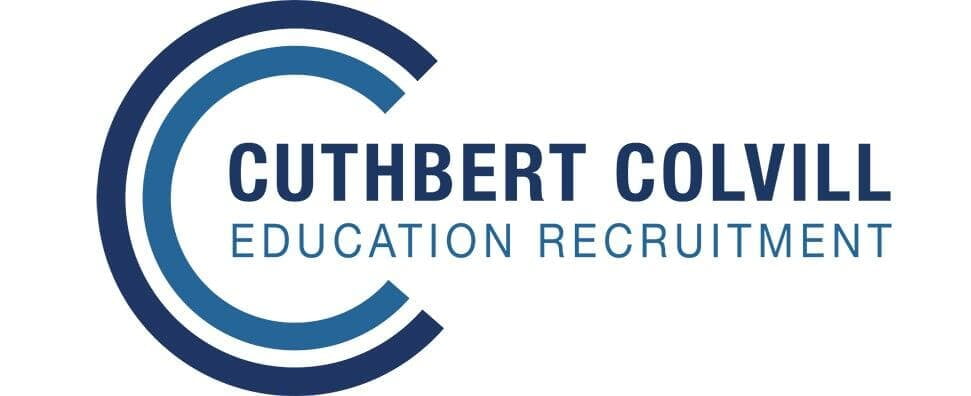Maintaining an organised and productive learning environment is essential for effective teaching. Explore these classroom management techniques to create an engaging and focused atmosphere for both teachers and students.
Maintaining an organised and productive learning environment is essential for effective teaching. Explore these classroom management techniques to create an engaging and focused atmosphere for both teachers and students.

As educators, we understand the importance of a well-managed classroom. Implementing effective classroom management techniques not only enhances the learning experience but also contributes to a positive and conducive environment. Let's delve into some strategies that empower teachers to maintain control and foster active student participation.
1. Clear Expectations: Establishing clear and consistent expectations from the beginning sets the tone for student behaviour. Communicate classroom rules, routines, and consequences to ensure everyone understands the boundaries.
2. Positive Reinforcement: Encourage desired behaviours through positive reinforcement. Offer praise, rewards, or recognition to motivate students to meet expectations and excel in their studies.
3. Engaging Activities: Incorporate interactive and engaging activities that capture students' interest. Incorporating group discussions, hands-on projects, and multimedia resources keeps learners actively involved.
4. Responsive Teaching: Monitor students' reactions and adjust your teaching approach accordingly. Adapting lessons based on student engagement levels ensures that each learner's needs are met.
5. Classroom Layout: Optimise the physical space for effective learning. Arrange desks in a way that promotes interaction, visibility, and minimises distractions.
6. Time Management: Set a consistent schedule for lessons, transitions, and breaks. Effective time management helps students stay on track and minimises disruptions.
7. Behaviour Contracts: Collaborate with students to create behaviour contracts outlining expectations and rewards. This empowers students to take ownership of their actions.
8. Redirection Techniques: Gently redirect off-task behaviour by providing subtle cues or moving closer to the student. Redirecting attention back to the task keeps disruptions to a minimum.
9. Consistent Consequences: Apply consequences consistently and fairly when behaviour guidelines are breached. Students should understand the consequences of their actions.
10. Classroom Norms: Establish classroom norms together as a group. Encourage students to contribute their ideas for a positive classroom environment.
Effective classroom management is a skill that evolves with experience. By employing these techniques, educators can create a harmonious and productive classroom, nurturing a love for learning and growth among students.

